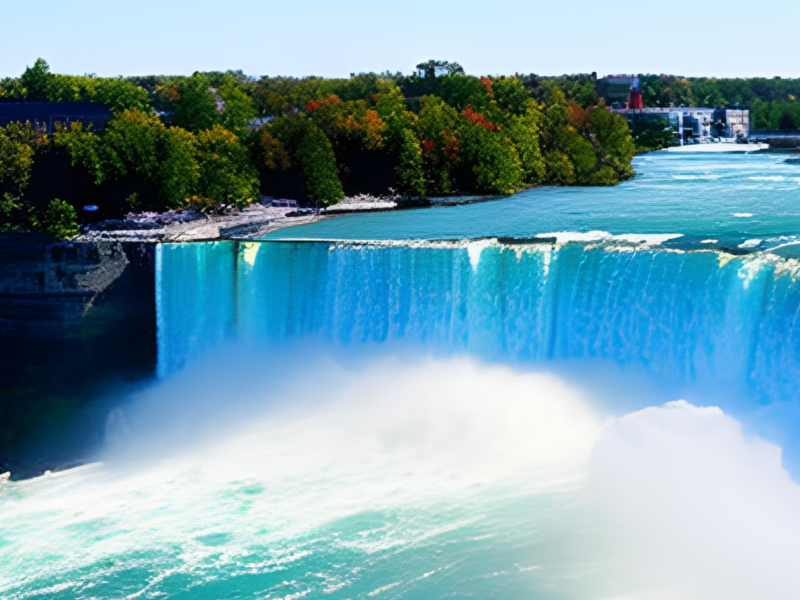Imagine standing at the foot of Niagara Falls, feeling the misty spray on your face, or gazing up at the towering peaks of the Rocky Mountains, as their majestic beauty takes your breath away. Picture yourself strolling through the charming, history-drenched streets of Quebec City, or looking out over Toronto’s skyline from the dizzying height of the CN Tower. Welcome to Canada, a land rich with some of the world’s most famous landmarks. No matter if you’re a nature enthusiast, a history aficionado, or an adventurer, Canada is the ultimate playground. So buckle up, and prepare for an unforgettable journey as we uncover some of the most famous landmarks in Canada.
Niagara Falls
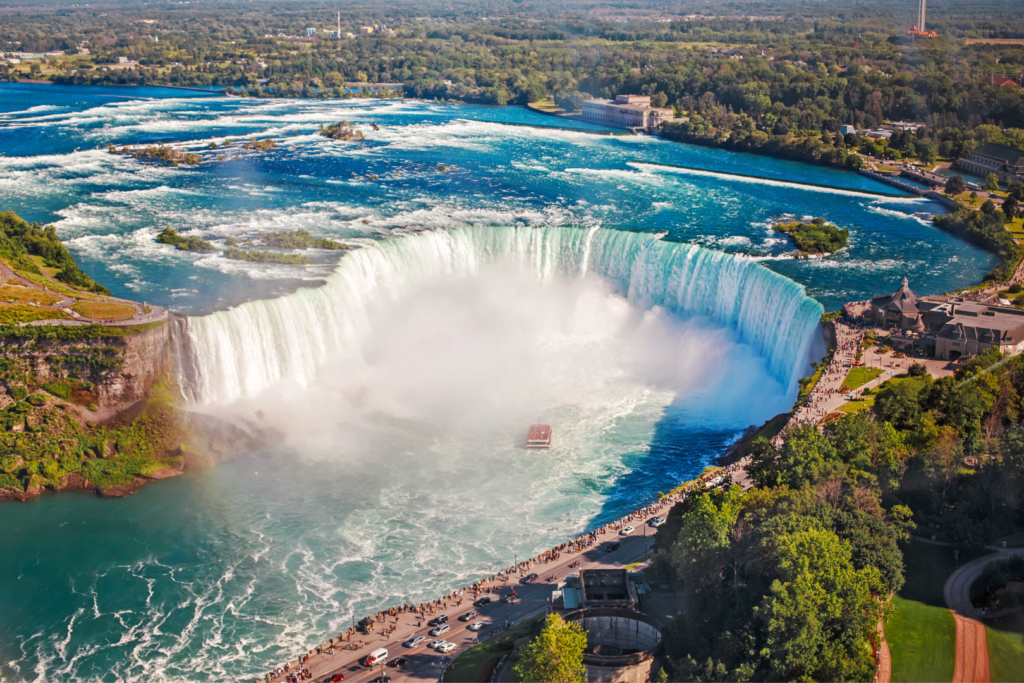
Niagara Falls is one of the most iconic natural landmark that spans between the province of Ontario in Canada and the state of New York in the United States. It is a group of three waterfalls, with the largest of the three being Horseshoe Falls, which is also known as the Canadian Falls.
Niagara Falls, known for its beauty, is visited by millions of tourists every year. The Horseshoe Falls, standing at a height of 180 feet (57 meters), facilitates the flow of approximately 6 million cubic feet (168,000 cubic meters) of water per minute over the crest. This translates to roughly one million bathtubs worth of water pouring over the falls every minute.
CN Tower
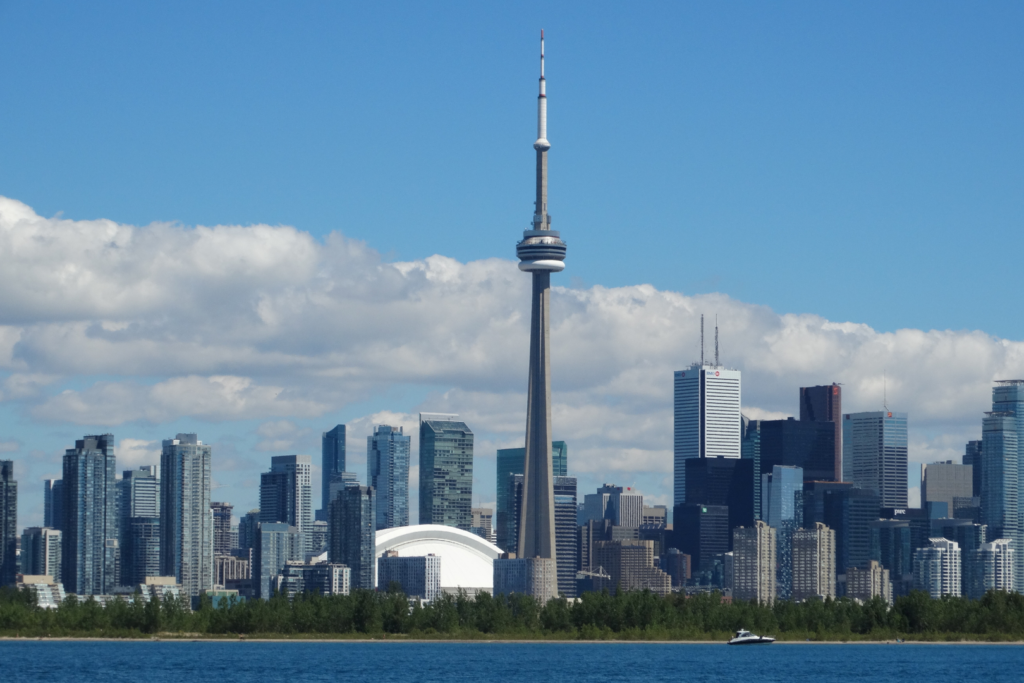
The CN Tower, a famous landmark in Canada, is known worldwide for its impressive height and spectacular views of Toronto and its surroundings. Standing at a staggering 553 meters tall, the tower is the tallest freestanding structure in the Western Hemisphere and attracts millions of visitors each year.
The tower was built in 1976 and was initially used for telecommunications and broadcasting purposes before being opened to the public in 1979. The tower features multiple observation decks, a glass floor, and a revolving restaurant.
With its iconic profile and unique design, the CN Tower is a true symbol of Canadian engineering and innovation, and continues to be a favorite attraction in Toronto.
Banff National Park
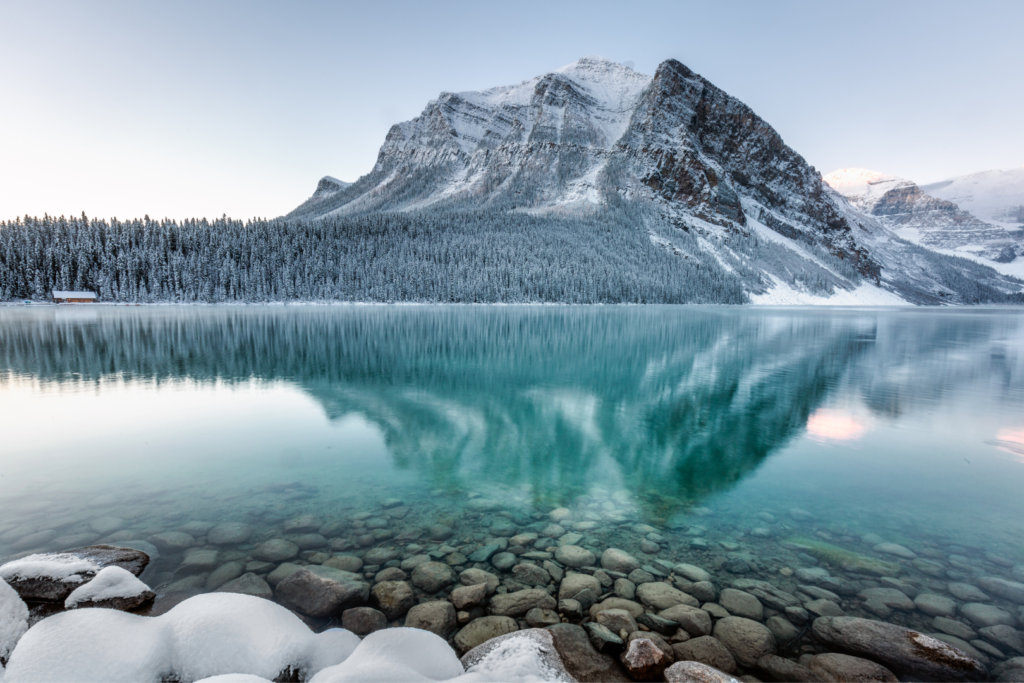
Banff National Park is an iconic landmark in Canada that is famous for its beautiful scenery, rich wildlife, and diverse ecosystems. Established in 1887, it is Canada’s oldest national park and covers an area of over 2564 square miles, located in the scenic natural and wilderness area in southwestern Alberta, Canada.
The park is home to many species of mammals, birds, and reptiles, including grizzly bears, cougars, elks, and moose. Its towering mountain peaks, active glaciers, and beautiful alpine lakes like Lake Louise and Moraine Lake attract millions of visitors every year from around the world. Banff National Park was designated part of the Canadian Rocky Mountain Parks UNESCO World Heritage site in 1984.
Visitors can enjoy outdoor recreational activities such as hiking, skiing, camping, and wildlife watching. Banff National Park is a true natural wonder that showcases the beauty of Canada in all its glory.
Parliament Hill
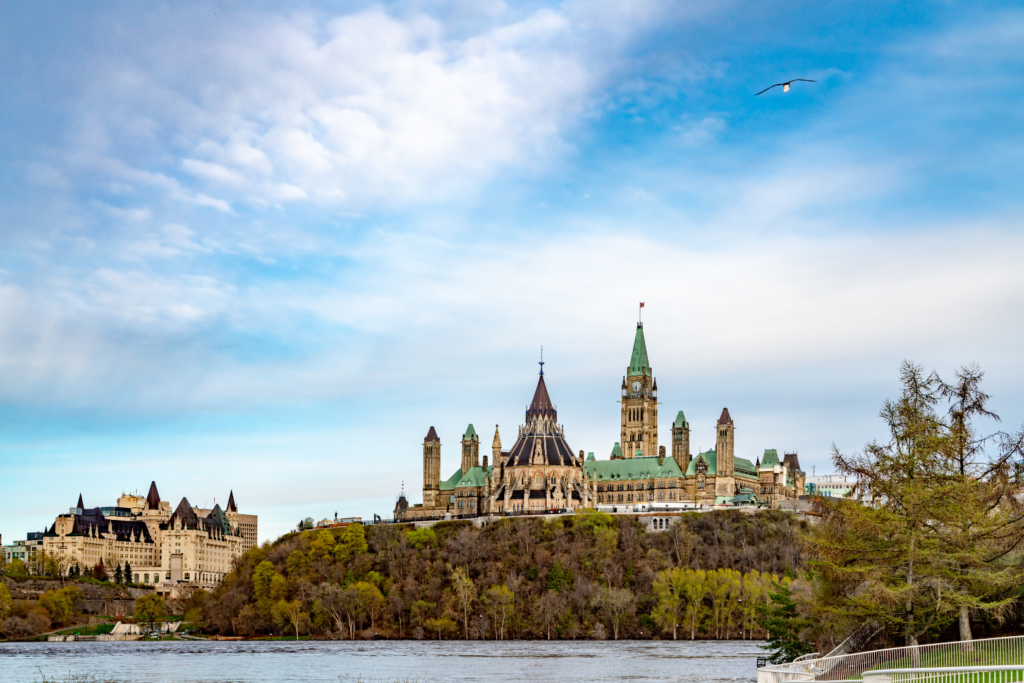
Parliament Hill, located on the southern banks of the Ottawa River in downtown Ottawa, it is home to the Parliament of Canada. It attracts approximately over a million visitors each year. The Gothic revival buildings and their architectural elements of national symbolic importance make it an impressive sight to behold.
Parliament Hill was originally a military base before it was transformed into a governmental precinct in 1859, following Queen Victoria’s selection of Ottawa as the capital of the Province of Canada.
With a deep history spanning centuries, the site’s impressive buildings and symbolic elements continue to be a source of national pride. It is no surprise that Parliament Hill is a must-see destination for visitors to Ottawa and Canada at large.
Peggy’s Cove
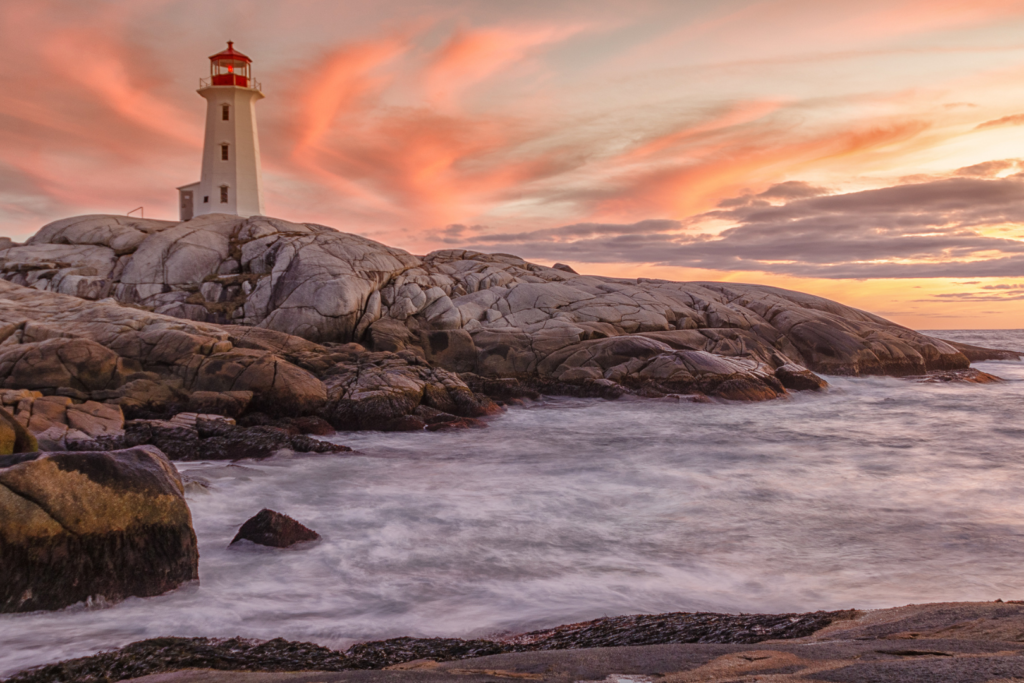
Peggy’s Cove is a beloved landmark in Canada that is frequently visited by locals and tourists alike. This small fishing village, located on the eastern shore of St. Margarets Bay in the Halifax Regional Municipality, is famous for its rugged granite coastline and spectacular sea-splashed rock formations.
The area is named after the cove of the same name, and tourists are drawn to the picturesque lighthouse, which is Canada’s only post office in a lighthouse. Peggy’s Cove is also known for the Fishermen’s Monument, a beautiful mural created by local marine artist William deGarthe to celebrate the fishing families’ relationship with the ocean.
Despite the tragic Swissair Flight 111 crash in 1998, which occurred just off the coast of Peggy’s Cove, this community has remained resilient and continues to be a popular destination for visitors who enjoy taking in the stunning natural beauty of this iconic Canadian landmark.
Capilano Suspension Bridge
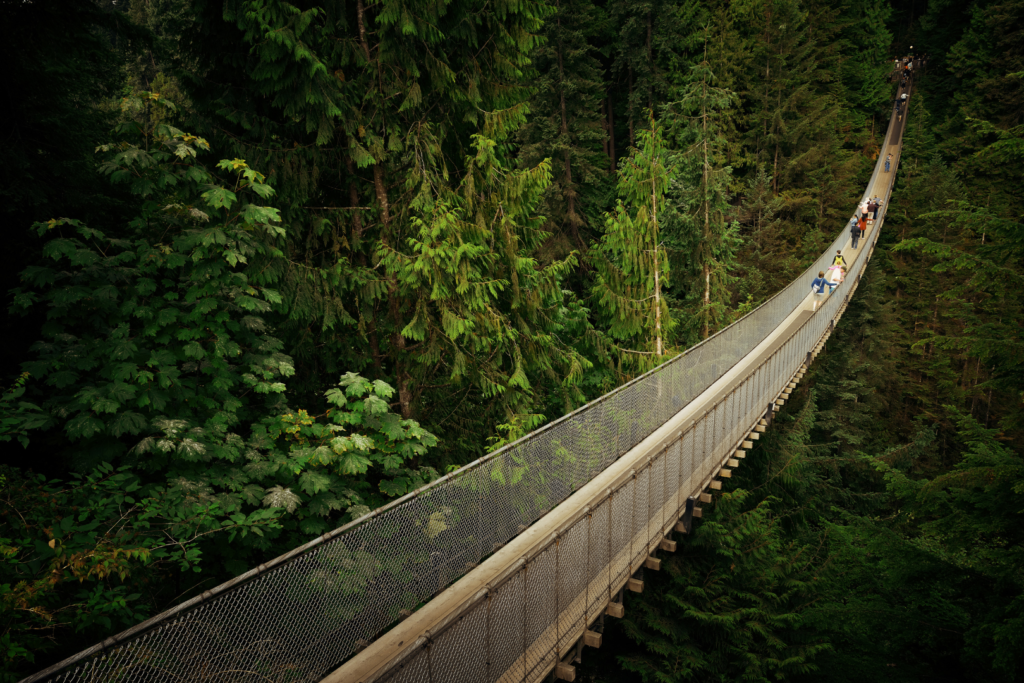
Located in North Vancouver, the Capilano Suspension Bridge is a simple suspension bridge that crosses Capilano River. With its 140-meter length and 70-meter height, it is a stunning sight to behold. The suspension bridge was originally built in 1889 by George Grant Mackay, a Scottish civil engineer and park commissioner for Vancouver.
Today, the Capilano Suspension Bridge Park attracts over one million visitors annually, making it a popular tourist spot. Visitors can also enjoy the Treetops Adventures and the Cliff Walk, two recent attractions that allow visitors to experience the park from an entirely new level.
Gros Morne National Park
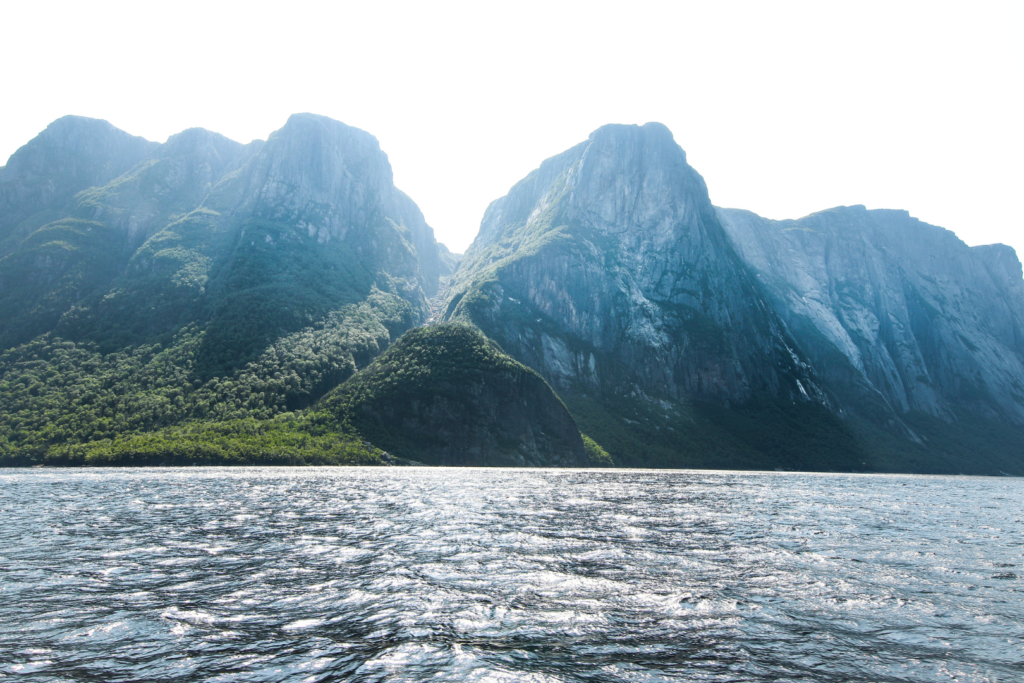
Gros Morne National Park is a breathtaking landmark located on the west coast of Newfoundland that has captured the hearts of visitors from all over the world. Famous for its spectacular scenery and geological significance, Gros Morne is the perfect destination for nature lovers and history buffs alike.
As the second largest national park in Atlantic Canada, it boasts an area of 1805 km² filled with coastal lowlands, alpine plateaus, fjords, glacial valleys, sheer cliffs, waterfalls, and pristine lakes. In 1987, Gros Morne was awarded World Heritage Site status by UNESCO due to its rare example of the continental drift process “where deep ocean crust and the rocks of the earth’s mantle lie exposed.”
Baffin Island
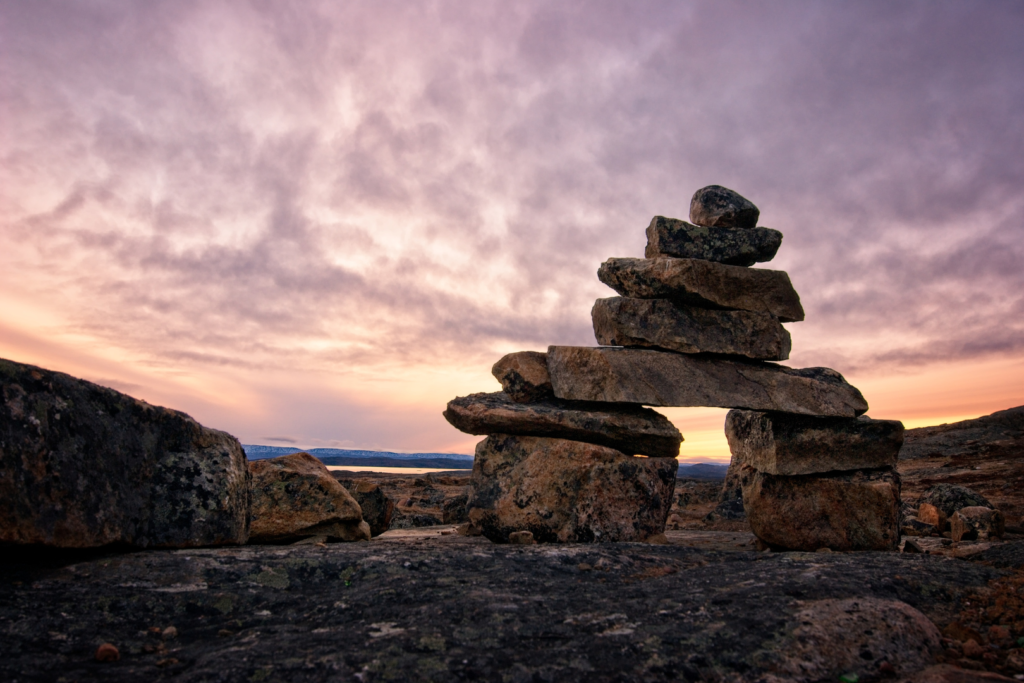
Baffin Island, the largest island in Canada and the fifth-largest island in the world, is a famous landmark in Canada. Located in Nunavut in the Arctic Archipelago, it is separated from Greenland by Davis Strait and Baffin Bay, from northern Québec by Hudson Strait, and from the Melville Peninsula by the Foxe Basin.
The island’s immense size and bewildering coastline confused early explorers and concealed its rich geography until recent times. Baffin Island is home to numerous freshwater lakes, rivers, and fjords, and vast areas are still sheathed in ice year-round. It is also a popular destination for wildlife enthusiasts who flock here to spot narwhal, walrus, beluga, and bowhead whales, as well as bearded and harp seals.
Additionally, Baffin Island is the nesting ground for millions of birds, including thick-billed murres, kittiwakes, and fulmars. The island’s unique geology and rich wildlife make it a must-see for anyone visiting Canada.
Saint Joseph’s Oratory
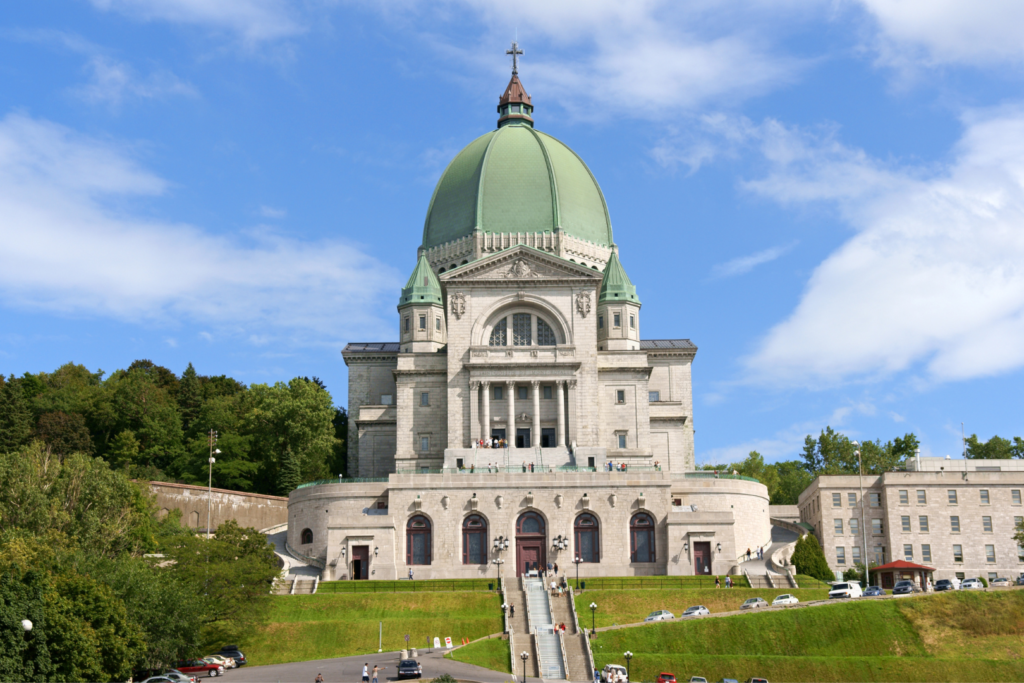
Saint Joseph’s Oratory of Mount Royal is a beloved and iconic landmark in Canada that draws over 2 million visitors each year. Located in the Côte-des-Neiges neighborhood on Mount Royal’s Westmount Summit in Montreal, it is a national shrine and the largest church in Canada.
Founded in 1904 by the revered Saint André Bessette, the Oratory has been expanded and improved upon by numerous architects and workers over a period of six decades. Its monumental scale and beautiful contrasting interior make it recognizable both in Montreal and around the world. The Oratory is also visible from many kilometers away because of its location on Mount Royal’s Westmount Summit, making it stand out among Montreal’s skyline.
Since 2018, the dome and lantern atop the Oratory have undergone renovations that will be completed by 2024. For many Canadians, Saint Joseph’s Oratory is a beloved and sacred destination that offers a sense of spiritual comfort and peace.
Notre-Dame Basilica
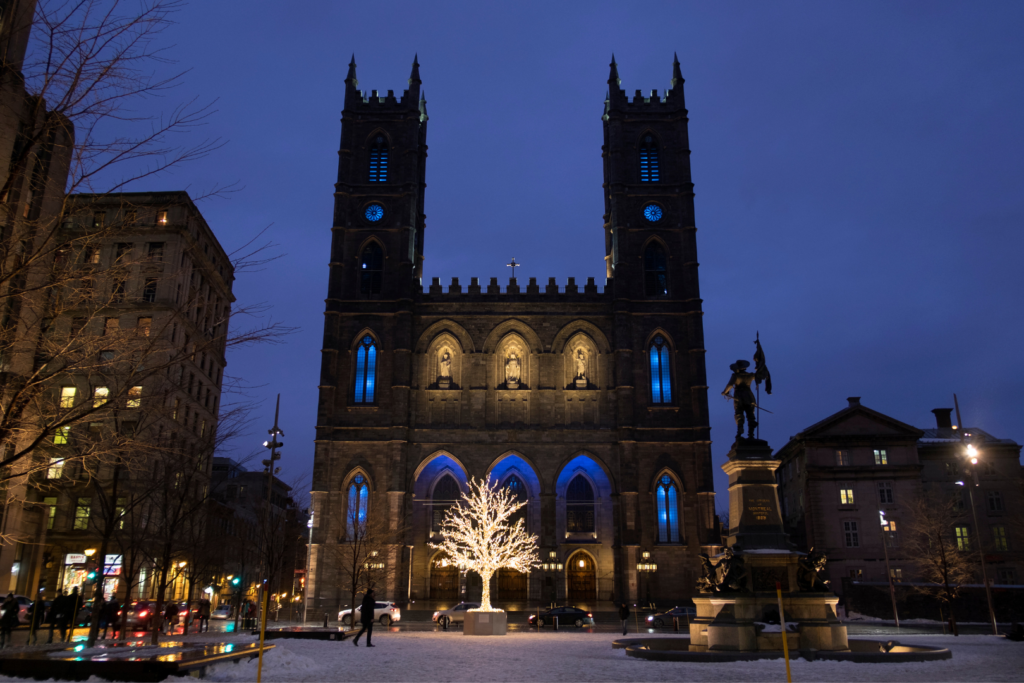
Notre-Dame Basilica is undoubtedly one of the most famous landmarks in Canada. Located in Montreal, Quebec, this stunning basilica is commonly known for its intricate Gothic Revival architecture. A sheer marvel of engineering, it is impossible not to be awestruck by the basilica’s grandeur and beauty.
Initially a small chapel built in 1642, it was later replaced by a larger structure in 1683. The present-day Basilica, designed by New York architect James O’Donnell, was completed in 1829 and has been an awe-inspiring sight ever since.
The Basilica can accommodate over 8,000 worshippers and remains one of the most popular tourist destinations in the country. With its impressive stained-glass windows, intricate woodwork, and ornate altar, the Basilica exudes a sense of wonder you have to see in person.
Hopewell Rocks
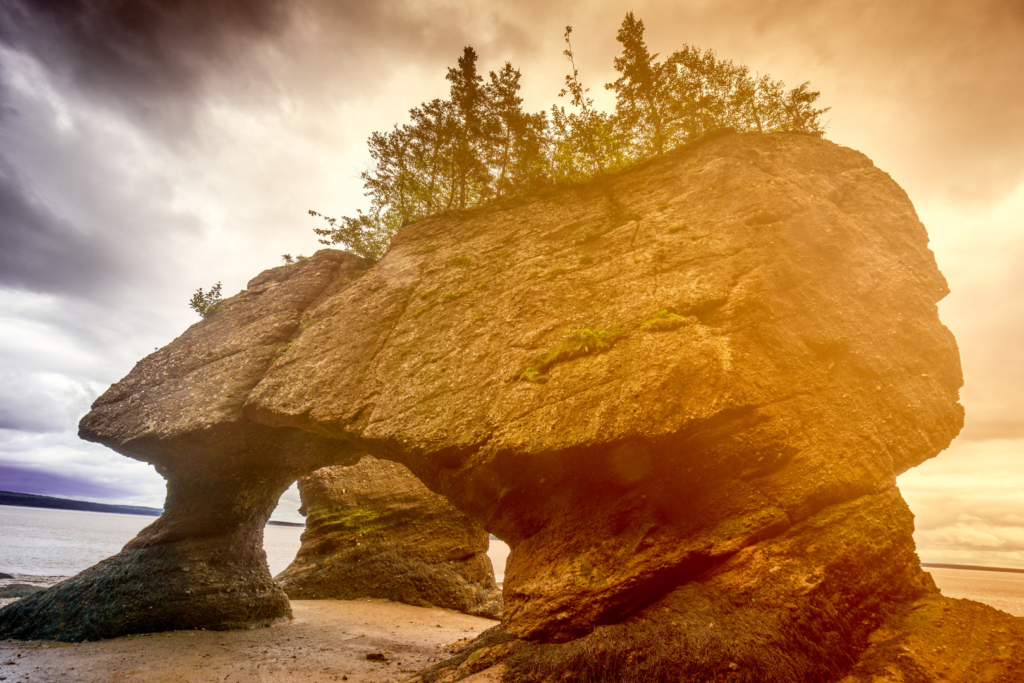
Hopewell Rocks is a world-renowned landmark located in New Brunswick, Canada. The site is known for its unique rock formations, called sea stacks, which were formed by tidal erosion over thousands of years. Its monolithic flower pot rocks are scenic and impressive, making the site a popular tourist attraction.
With its location on the shores of the Bay of Fundy, visitors can witness some of the highest tides in the world, sometimes reaching up to 16 meters (52 ft) in height. At low tide, visitors can explore the rocks up close on foot, while kayaking is a unique way to see them during high tide. The formations consist of red-brown sedimentary conglomerate sandstone and minor mudstone rock, which were formed in river deltas over 300 million years ago.
It is also a great place for bird watching, as various shorebirds come to nest and feed in the area. If you plan on visiting, make sure to stay for a full tidal cycle to get the full appreciation of the tides and formations. Overall, Hopewell Rocks is a Canadian gem that is not to be missed.
Fortress of Louisbourg
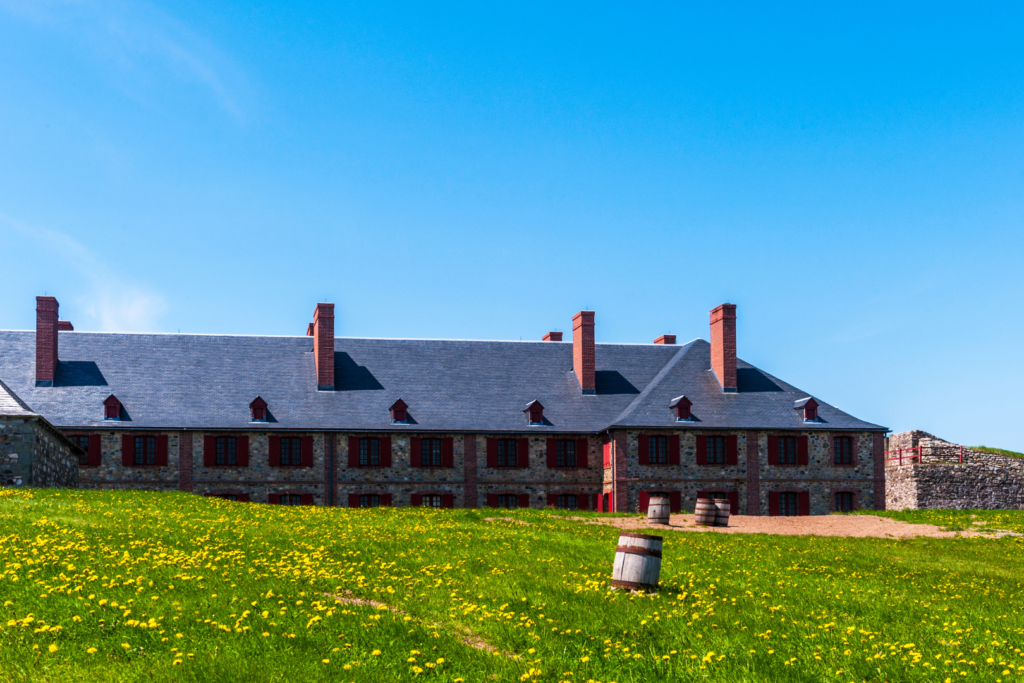
The Fortress of Louisbourg is located on Cape Breton Island in Nova Scotia, Canada. It is a National Historic Site and a popular tourist attraction. The fortress was constructed in the 18th century by the French as a military stronghold to protect their territory and their valuable cod fisheries off the coasts of Canada.
The fortress walls are nearly 11 meters thick, rose nine meters above a deep ditch, and had emplacements for 148 cannon. Despite its strength, Louisbourg was captured by the British twice, in 1745 and 1758, during the Anglo-French struggle for control of Canada.
Today, the Fortress of Louisbourg stands as the largest reconstruction project in North America and is operated by Parks Canada as a living history museum. There, visitors can witness daily life in the 18th century, experience the sights, sounds, and smells of the past, and learn about the history of Nova Scotia and Canada in a fun and interactive way.
The Canadian Rockies
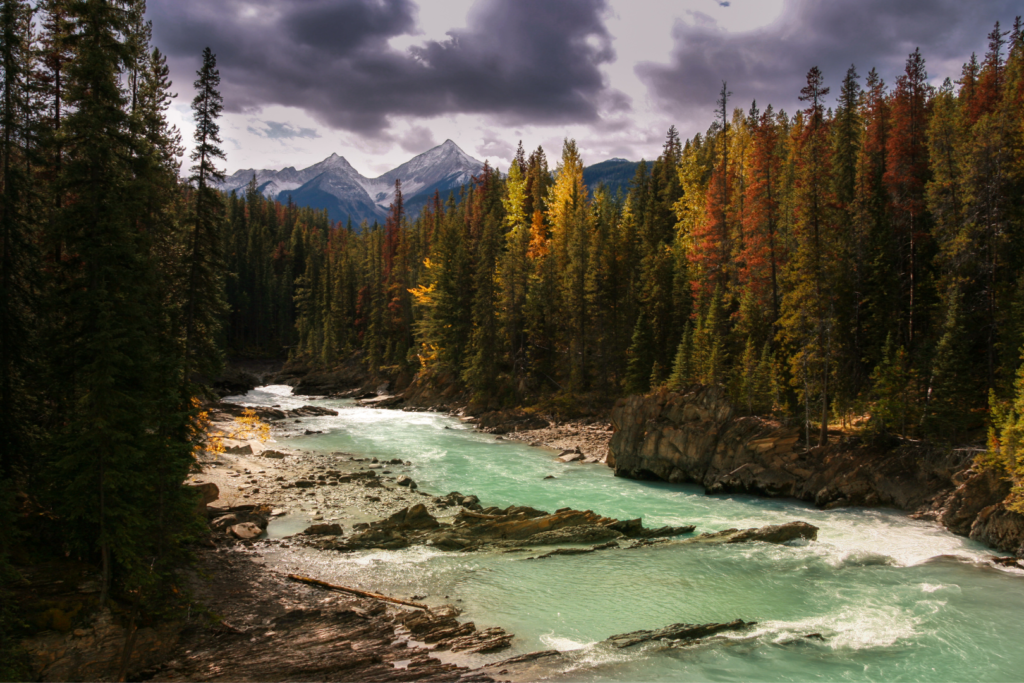
The Canadian Rockies are a beloved landmark in Canada, attracting visitors from all over the world with their stunning natural beauty and abundance of activities. As the oldest national park in Canada, Banff National Park is just one of the many parks that make up the Canadian Rocky Mountain Parks – which are listed on the UNESCO World Heritage List.
With glaciers, mesmerizing blue lakes, mighty waterfalls, and snow-capped mountain peaks, there is no shortage of jaw-dropping sights to see. The Rockies are a popular destination for hikers, climbers, skiers and water sports enthusiasts alike. The diverse wildlife and vegetation in the area is truly striking, with everything from desert cactus to ice fields and alpine meadows.
Visitors can expect to see a variety of wild animals, including grizzly bears, elk, moose, and mountain goats, amongst others. The Canadian Rockies boast cozy winter lodges, summer camps, and hotels in charming little towns, offering the perfect combination of unique natural landscapes and comfort.
Château Frontenac
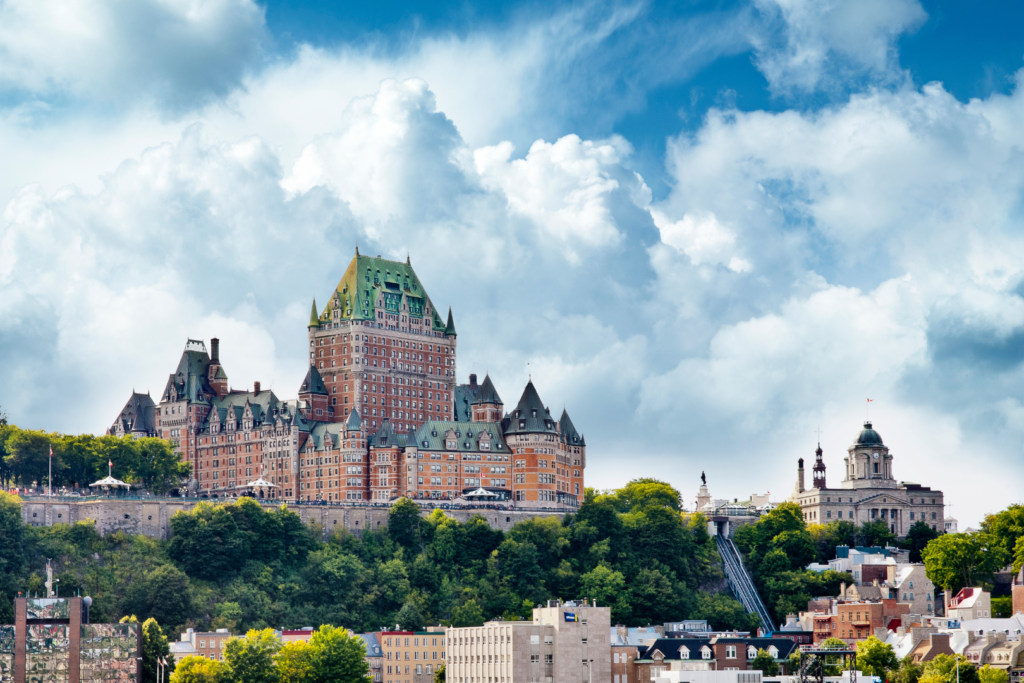
The Château Frontenac is a historic hotel located in Quebec City, Canada. It is a must-visit destination for anyone who is interested in architecture or history. This iconic building, designed by Bruce Price and built by the Canadian Pacific Railway company, was opened in 1893.
The Châteauesque-styled building with its 18 floors and 79.9-meter height is hard to miss, especially as it sits atop the promontory of Quebec, projecting into the St. Lawrence River. It has been designated a National Historic Site of Canada since 1981, and is one of the first completed grand railway hotels in Canada.
Managed by Fairmont Hotels and Resorts, it is an excellent example of château-style hotels developed by railway companies in Canada. Its location within the historic districts Upper Town on the southern side of Place d’Armes makes it the perfect place to explore Quebec City’s rich cultural heritage.
The Bay of Fundy
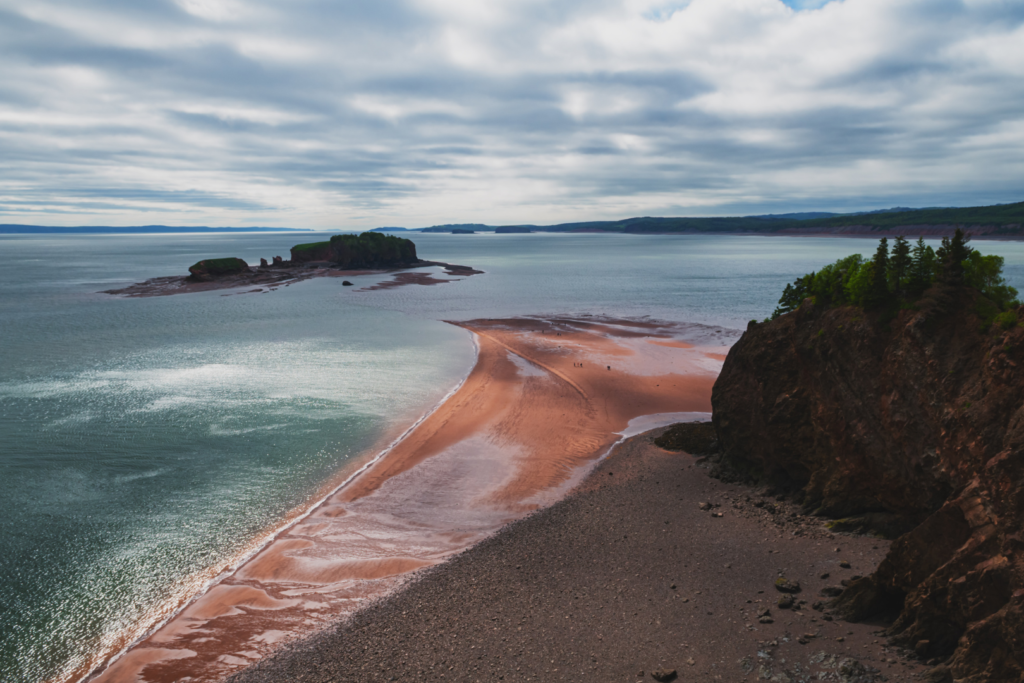
The Bay of Fundy is one of the most unique and fascinating landmarks in Canada. Located between the provinces of New Brunswick and Nova Scotia, this bay has the highest tidal range in the world, making it a natural wonder that attracts visitors from across the globe.
With tides that can reach up to 16 meters in height, the Bay of Fundy is truly a spectacle to behold. Not only is it home to powerful tidal currents, but it also boasts rare mineral deposits and is rich in fossils, showcasing the earth’s geological history. Visitors can witness the incredible tidal bores up close, surf the waves, explore the rugged coastline and spot various marine species.
Old Quebec City
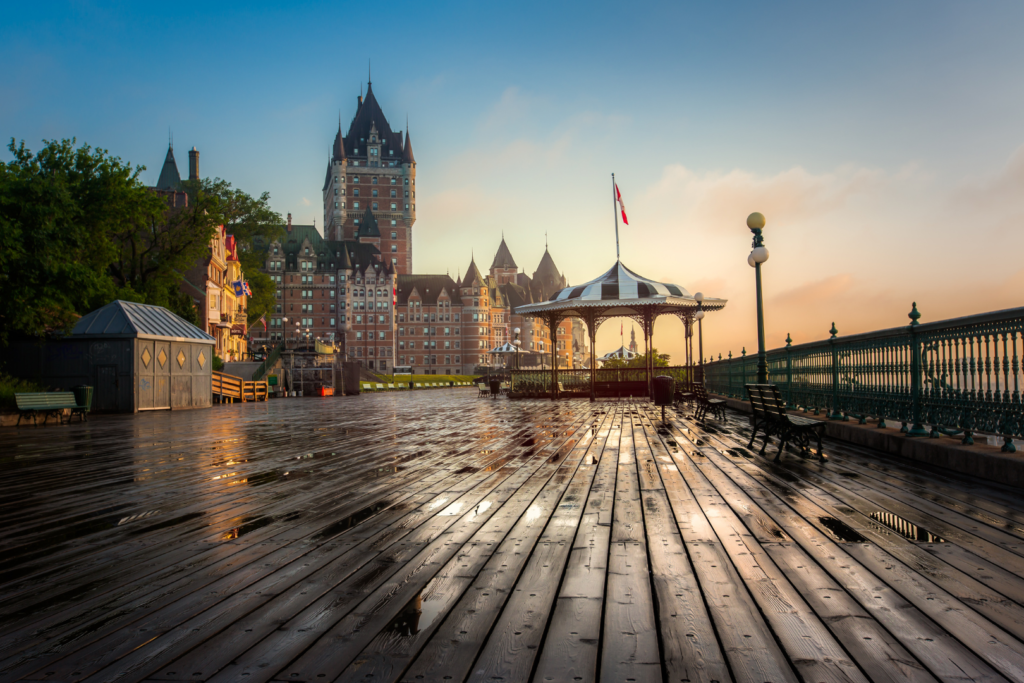
Old Quebec City is a world-renowned landmark in Canada. This historic district, designated a UNESCO World Heritage site in 1985, is situated in Québec City and is divided into two main sectors: the Lower Town and the Upper Town.
The Lower Town consists of charming cobblestone streets, historic architecture, and a bustling harbor, while the Upper Town is known for its ramparts, the Citadel, and other defensive structures. The district’s more than 400-year-old history is visible in the preserved ramparts, multiple bastions, and gates that still surround and protect Old Quebec City’s traditional charm.
The extraordinary blend of French and British influence is reflected in the centuries-old churches, convents, and other monuments like the Dauphine Redoubt, Citadel, and Château Frontenac. Overall, Old Quebec City’s preserved architecture, complex history, and unique atmosphere make it a favorite tourist destination for many Canadians and visitors.
These landmarks only scratch the surface of the many famous landmarks in Canada. Each province and territory has its own unique landmarks and experiences, making Canada a diverse and fascinating destination.
